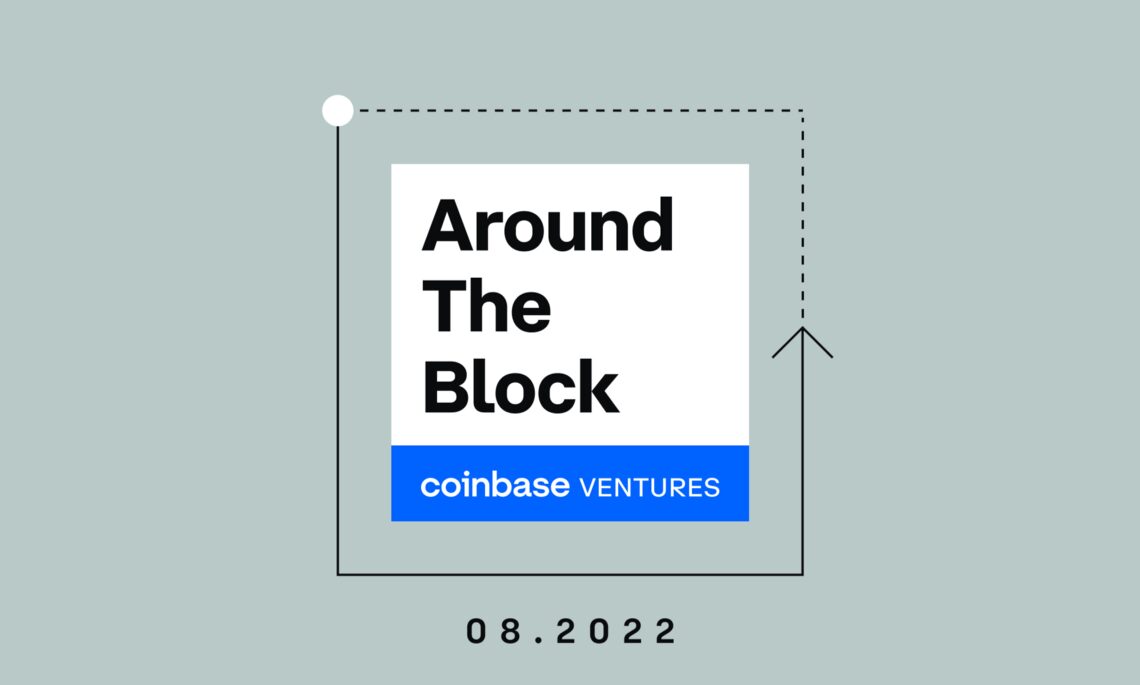In the 13 years of its existence, Bitcoin has risen from obscurity to $1 trillion highs, settling over $60 trillion in total transfer volume along the way.
Despite these feats, Bitcoin’s decentralized design limits it to a mere 7 transactions per second. In times when demand to use the network exceeds 7 transactions, users experience long wait times and fees as high as $60 per transaction at the extreme. Even with fees recently hovering between $1–2, the network remains unsuitable for buying that proverbial cup of coffee.
Enter the Lightning Network: a layer-2 protocol built on top of Bitcoin that can theoretically scale to millions of instant transactions per second that cost pennies to send. If it gains traction, it can even undercut the fees of giants like Visa and Mastercard, along with the entire global remittance market.
But will it?
Lightning 101
As with most layer-2 solutions, Lightning seeks to increase transaction throughput and lower costs while retaining sufficient decentralization by moving activity to a second network. Once BTC is on the Lightning network, it can be transacted instantly typically at fractions of a penny.
Rather than expensively sending each transaction over the Bitcoin blockchain, users deposit BTC into the Lightning Network and then transact inexpensively through payment channels. As with most networks, the more people and companies that join, the more useful it becomes.
Obviously at <1 cent fees, Lightning transactions are cheaper than using the Bitcoin network. More intriguing however, is that Lightning has the potential to replace existing payment processors for fiat transactions without the consumer knowing that BTC was used as the underlying settlement layer. We’ll explain.
Disrupting the payment giants
Visa and Mastercard are the world’s dominant payment processing networks. By collecting 2–3% transaction fees everytime someone swipes a debit or credit card, they pulled in $24B in 2021. Payment processors leveraging the Lightning Network could undercut that.
Let’s say you want to make a $100 payment to a merchant. Using your credit card would cost the merchant $3, which is then passed along to you via hidden costs. Now what if you converted $100 USD into BTC, transferred it over the Lightning network for less than a penny, before converting the BTC back to $100 USD. A service called OpenNode is able to leverage the Lightning Network to do just that, for a 1% fee. A similar logic can be applied to the $40B global…
Click Here to Read the Full Original Article at The Coinbase Blog – Medium…
























